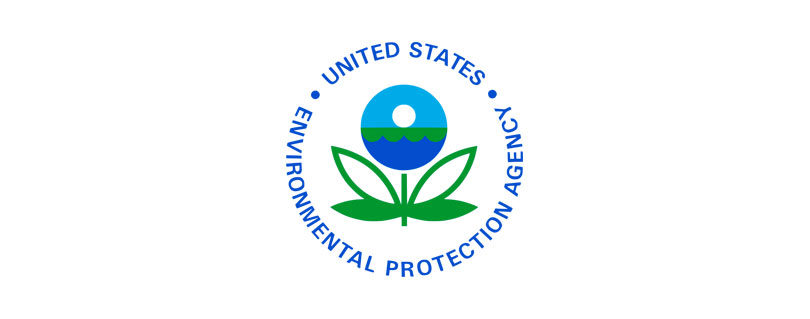EPA Proposes the Federated Metals Corp. Whiting Site in Hammond, Indiana to be Added to the Superfund National Priorities List to Protect Public Health from Contamination
Publilshed by the U.S. Environmental Protection Agency (EPA)
CHICAGO (March 27, 2023) – Today, U.S. Environmental Protection Agency announced the Federated Metals Corp. site in Hammond, Indiana, has been proposed to the Superfund National Priorities List, a list of sites where releases of contamination pose significant human health and environmental risks. The 60-day public comment period begins March 29.
“When we add a site to the National Priorities List, EPA is committing to permanently addressing contamination on-site and ensuring surrounding communities receive the protection and support they deserve,” said EPA Administrator Michael S. Regan. “Thanks to President Biden’s investments in America, EPA is making sure complex hazardous waste sites get the long-term federal financial assistance and cleanup support they need to safeguard critical resources families rely on, like clean drinking water.”
The Federated Metals site is a former metal smelting, refining, recovery, and recycling facility that operated for nearly 50 years in Hammond along the shore of Lake George. The proposed site includes the former smelting facility, contaminated sediments in nearby Lake George and contaminated soils at residential properties in nearby neighborhoods of Hammond and Whiting. Federated Metals closed operations in 1983 but various smelting facilities subsequently operated on the property. The property was regulated under the Resource Conservation and Recovery Act until 2016 when the site was referred to EPA’s Superfund removal program to investigate potential contamination in the surrounding neighborhood. Lead was found at elevated concentrations in residential yards and arsenic was also found at elevated concentrations in residential yards near the facility. During the evaluation of the site for the NPL, Lake George sediments were found to have elevated lead concentrations which may impact wildlife.
EPA has confirmed that approximately 130 residential properties have lead-contaminated soil and an estimated 700 residential properties still need to be sampled. The state of Indiana referred the site to EPA to be proposed to the NPL due to needed long-term response action. Other federal and state cleanup programs were evaluated but are not viable at this time due to the extent of the contamination and complexity of the site.
Thousands of contaminated sites, from landfills, to processing plants, to manufacturing facilities, exist nationally due to hazardous waste being dumped, left out in the open, or otherwise improperly managed. President Biden’s Bipartisan Infrastructure Law accelerates EPA’s work to clean up this pollution with a $3.5 billion investment in the Superfund Remedial Program. The law also reinstates the Superfund chemical excise taxes, making it one of the largest investments in American history to address legacy pollution. This historic investment strengthens EPA’s ability to tackle threats to human health and the environment from Superfund National Priorities List sites.
Before EPA adds a site to the National Priorities List, a site must meet EPA’s requirements and be proposed for addition to the list in the Federal Register, subject to a 60-day public comment period. EPA will add the site to the National Priorities List if it continues to meet the listing requirements after the public comment period closes and the agency has responded to any comments.
Background:
The National Priorities List includes the nation’s most serious uncontrolled or abandoned releases of contamination. This list serves as the basis for prioritizing EPA Superfund cleanup funding and enforcement actions. Only releases at non-federal sites included on the National Priorities List are eligible to receive federal funding for long-term, permanent cleanup.
Superfund cleanups provide health and economic benefits to communities. The program is credited for significant reductions in both birth defects and blood-lead levels among children living near sites, and research has shown residential property values increase up to 24 percent within three miles of sites after cleanup.
Since taking office, the Biden-Harris Administration has followed through on updating the National Priorities List twice a year, as opposed to once per year. Today’s announcement is the first time EPA is updating the National Priorities List in 2023.
More information about Superfund and the National Priorities List.
###
Read the full article at: https://www.epa.gov/newsreleases/epa-proposes-federated-metals-corp-whiting-site-hammond-indiana-be-added-superfund


